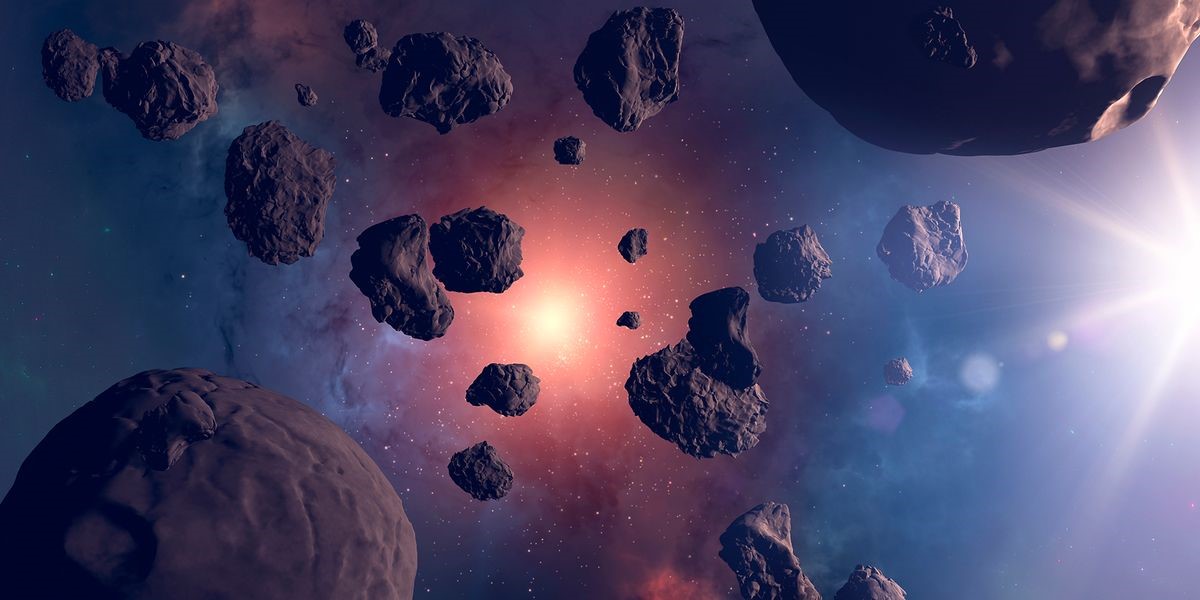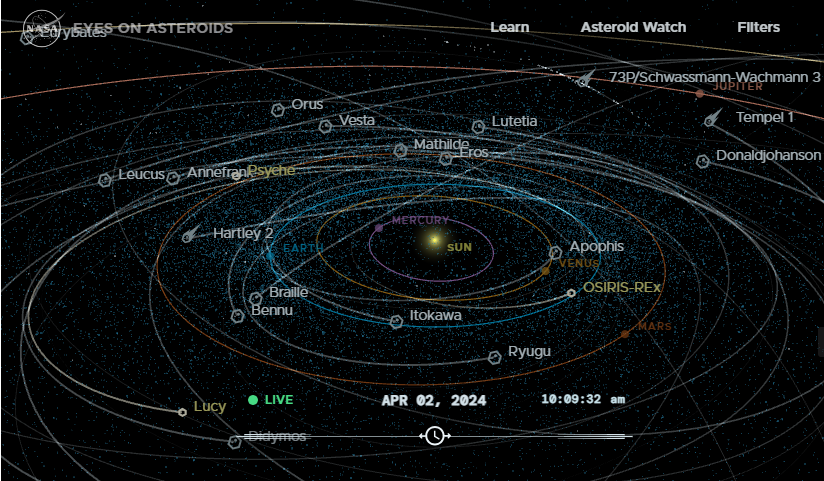Free Courses Sale ends Soon, Get It Now


Free Courses Sale ends Soon, Get It Now



Disclaimer: Copyright infringement not intended.
Context
NASA Tracks Massive 170-Foot Asteroid Moving Towards Earth At 13798 KMPH
Details
Asteroids
Asteroid count
Composition
The C-type (chondrite)
The S-types ("stony")
The M-types are metallic (nickel-iron)
Asteroid Classifications
Main Asteroid Belt
Trojans
Near-Earth Asteroids
How Asteroids Get Their Names
Potential Hazards

Recent News
Asteroid 2015 MB54
Conclusion
NASA has been actively monitoring the asteroid's path to prevent any potential mishaps. using large observatories like Pan-STARRS, the Catalina Sky Survey, and NASA's NEOWISE mission, the space agency vigilantly tracks these celestial objects. Additionally, planetary radar efforts, such as JPL's Goldstone Solar System Radar Group, are instrumental in NASA's NEO Observations Program.
|
PRACTICE QUESTION How many of the following space missions has/have been launched targeting asteroids?
Choose the correct answer using the codes given below:
Answer 2 |
© 2024 iasgyan. All right reserved